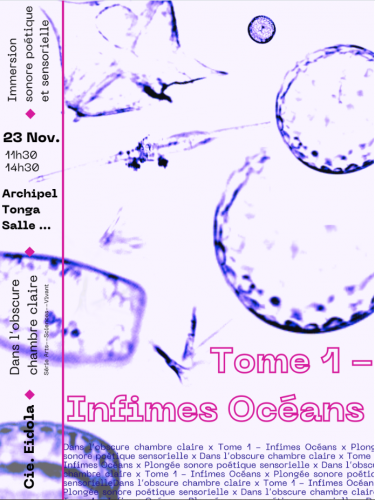SSL@MM is 4 years old !
In September 2023, the SSL@MM (Sea Water Sensing Laboratory @ MIO Marseille, MIO's technical platform), led by Olivier Grosso and Melilotus Thyssen, and recently by Clémentine Gallot (CDD IR CNRS), celebrated its 4th year of operation and is now integrated into MIO's technical resources. The continuous, gentle pumping of seawater from the Calanque aux Cuivres to taps under laboratory conditions is a success, validated by its near-continuous operation. Similarly, the method of cleaning the seawater inlet pipes is a well-managed routine. The high-frequency, long-term strategy enables us to study the diurnal and seasonal cycles of a coastal marine ecosystem, and aims to capture the effects of impulse events such as gales, storms and rainfall on phytoplankton communities, certain chemical and hydrological elements, and their transformation products.
In this way, we measure for science and for the community:
- meteorology, available on the OSU weather site, station installed by Lars-Eric Heimbürger-Boavida and Deny Malengros
- hydrology (STPS temperature and salinity sensors (Fabrice Garcia and Patrick Raimbault), spot sampling of nutrient salts (PAPB platform)
- phytoplankton (two-hourly observation of functional diversity) thanks to the SSL@MM automated cytometer and PAR (Photosynthetic Available Radiance)
- the production of dissolved oxygen by biological activity, thanks to the installation of a MIMS spetrometer (Oliver Grosso, Dominique Lefevre).
SSL@MM also welcomes researchers and trains students. To date, we have welcomed four students on internships, who have been able to study phytoplankton dynamics in real time according to the seasons and meteorological events, and two PhD students who have published the data collected at SSL@MM (Robin Fuchs, Zoé Lebras). In the context of more tropical projects such as MAP-IO (ww.map-io.re, Indian Ocean) and HOPE (S. Bonnet, Nouméa), training in automated cytometry has been provided (a total of 7 PhD students/engineers/researchers).
With access to workbenches where seawater is continuously supplied by gentle peristaltic pumping, requests to install sensors or carry out experiments are multiplying.
We were able to carry out submersion tests on the Cytosub of the ERC HOPE project, which is due to be installed on a smart buoy in the Pacific Ocean.
Here are a few photos of the first tests. It is now ready for its first dive in the calanque next December.
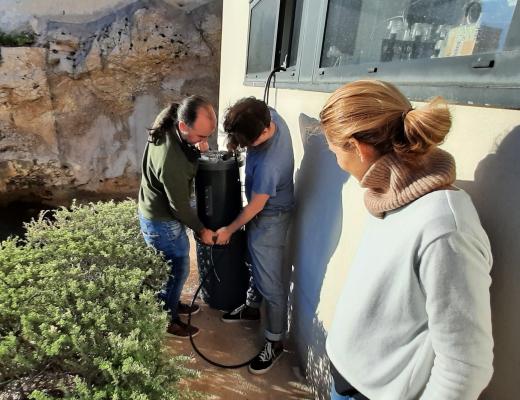 |
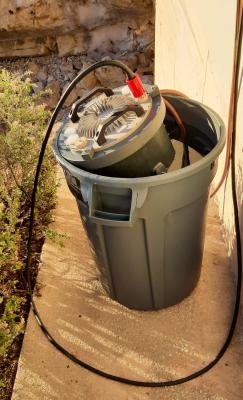 |
In these photos from November 2023, you can see science in full swing !
From left to right: (a) Victoire Rérolle (Fluidion) testing a pH meter (b), training by manufacturer CytoBuoy (Rob Lievaart) on a newly acquired cytometer for the HOPE project (Sophie Bonnet and Matthieu Savarino), (c) maintenance of the automated cytometer (Clémentine Gallot) and (d) setting up two mass spectrophotometers - MIMS (Olivier Grosso).
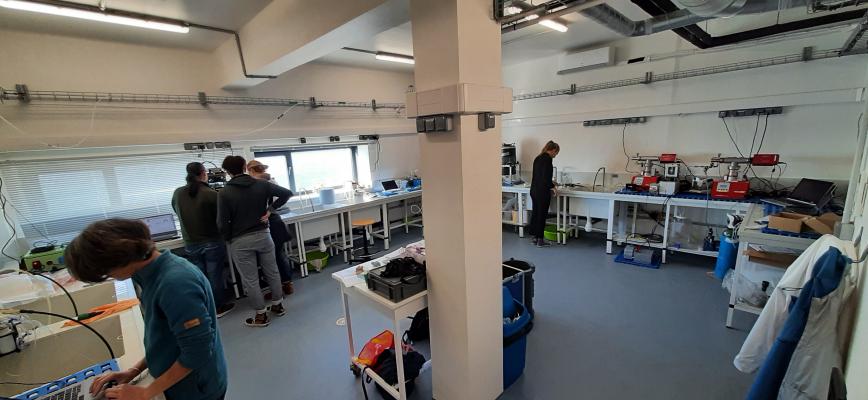 |
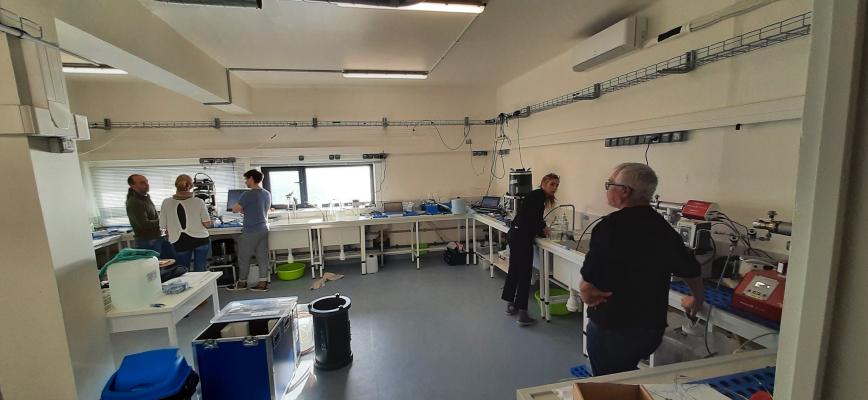 |
In addition, in view of the installation of a cytometer on the PolarPod, duration tests on seawater pressure and flow regulators are carried out to prepare for installation on a platform in the middle of Antarctica.
Here are just a few examples of the events hosted at SSL@MM over the past 4 years:
- In October 2022, the CYTOEXPERT thematic school on flow cytometry (Gérald Grégori, Maurice Libes) took place in the lab. The various techniques of conventional and automated cytometry were demonstrated.
- On a more artistic note, the EIDOLA theater company came for a residency in September 2023, inspired by the sound of waves in the calanques and the microscopic marine world. They were able to test drafts of their work on a few Cartesian minds, and produced the poster for their show using photos straight out of the continuous cytometer.
- SSL@MM was visited by consular representatives as part of "climate diplomacy week", and by a class of Dutch students (Vincent Rossi).
- Validation of protocols for APERO, HOPE, MAPIO, BIOSWOT-Med, picoeukaryote concentrations for LEFE BIOPHYMED, and image analysis for the BIODIVINOV project are all carried out at SSL@MM.
We will soon be adding a TSG (Isabelle Taupier-Letage, Deny Malengros and the support of the SAM) connected continuously, and a sea level gauge to complete the HTMNET network (Tathy Missamou, Vincent Rey, J-L Fuda).
Our system is regularly cleaned to limit biofouling, by SAM divers for the underwater strainer every week, with a high-pressure ferret on the outside every month, and chemically on the inside every two weeks, which ensures real measurement of the calanque's water. Don't hesitate to contact us to conduct your own experiments and test your sensors, as if you were on board a ship (guaranteed seasickness-free!). Details of the pumping system are also, available on our website and seawater stations can be booked on the OSU Pytheas GRR.


